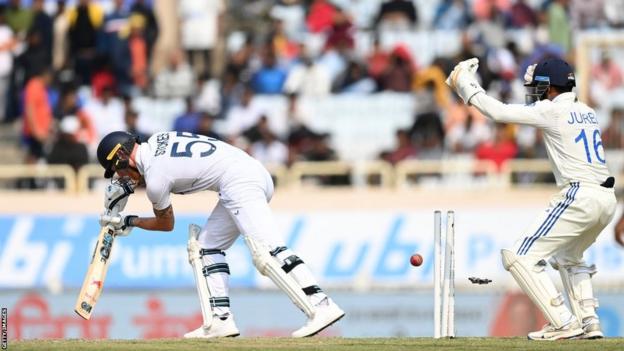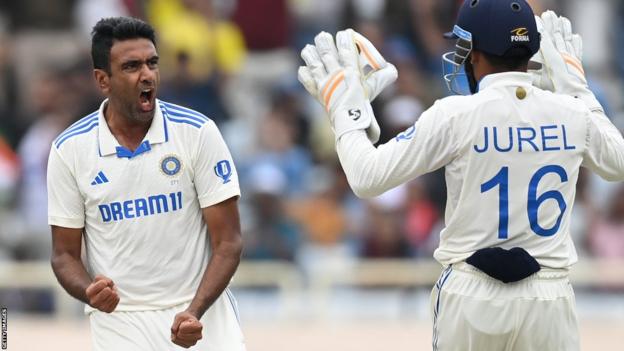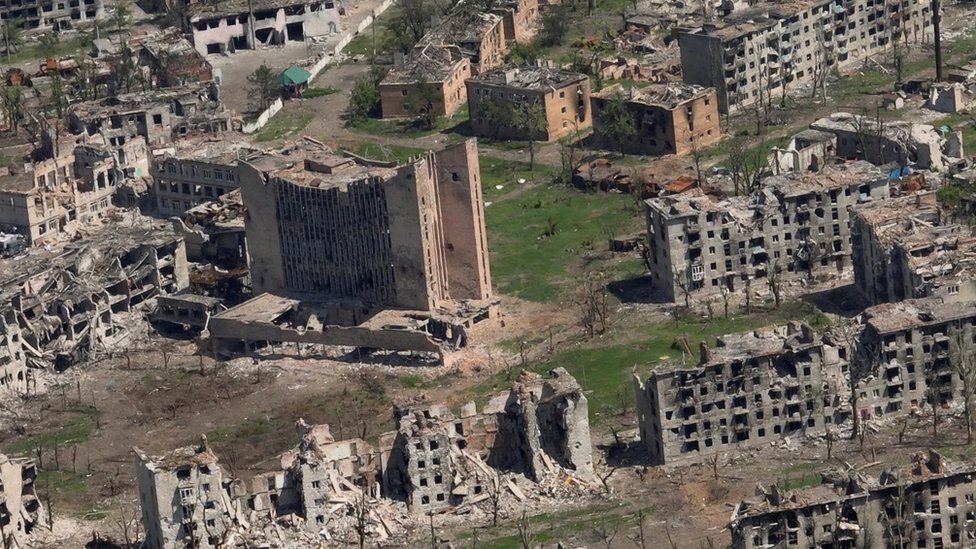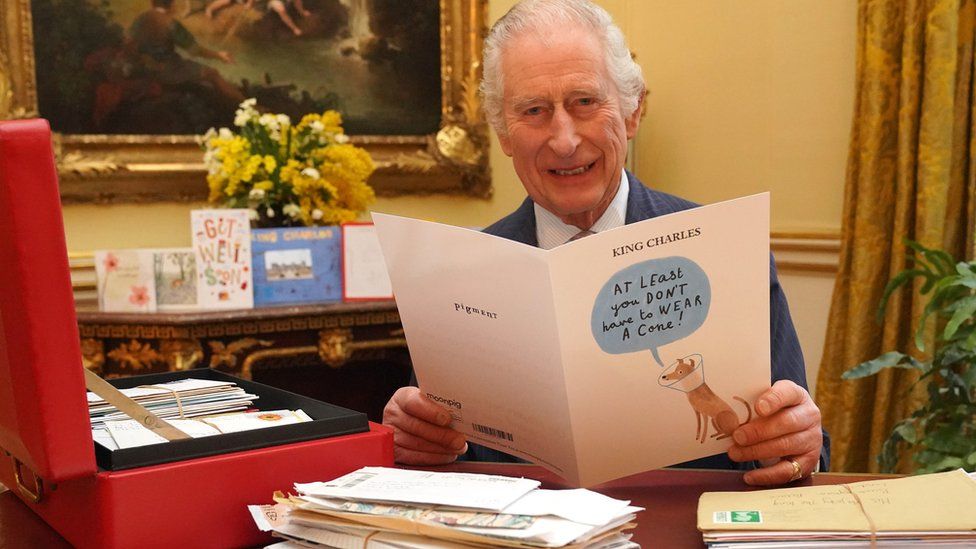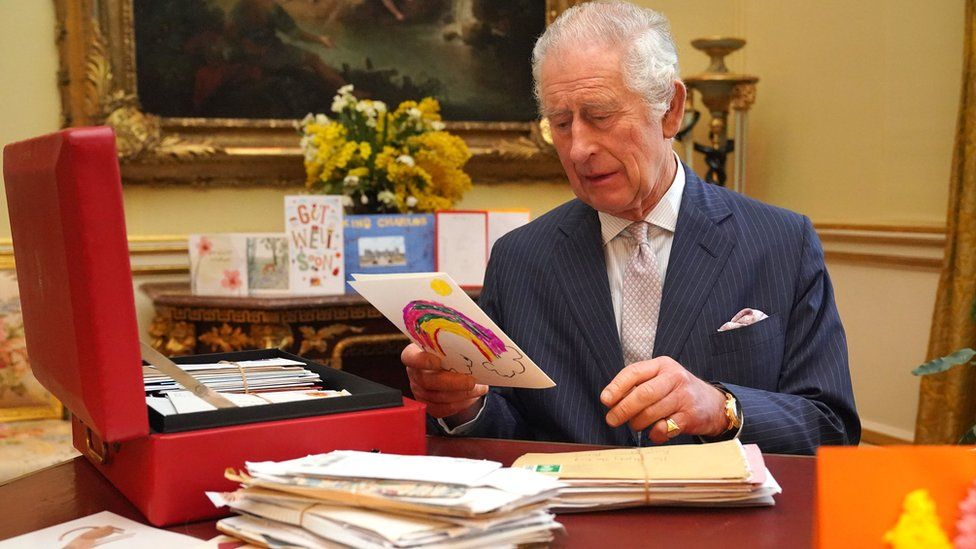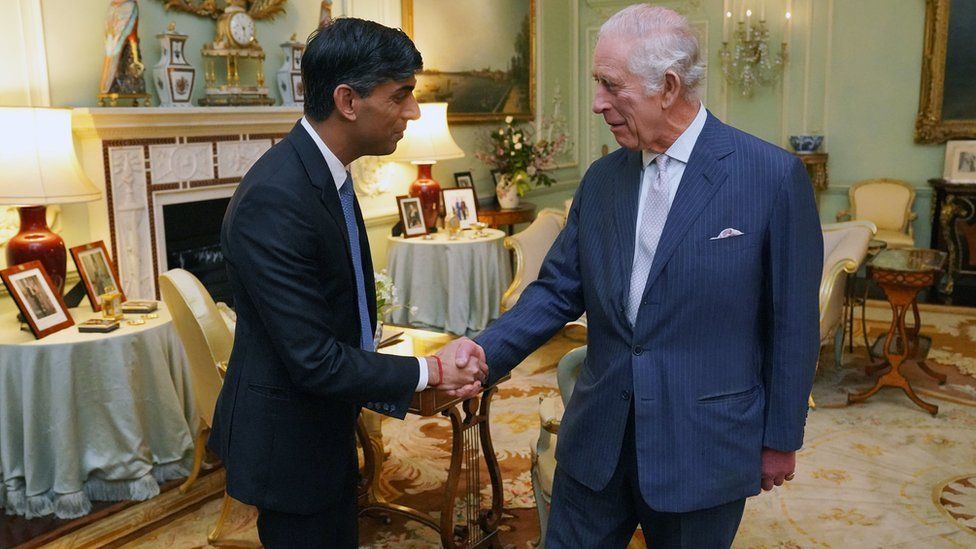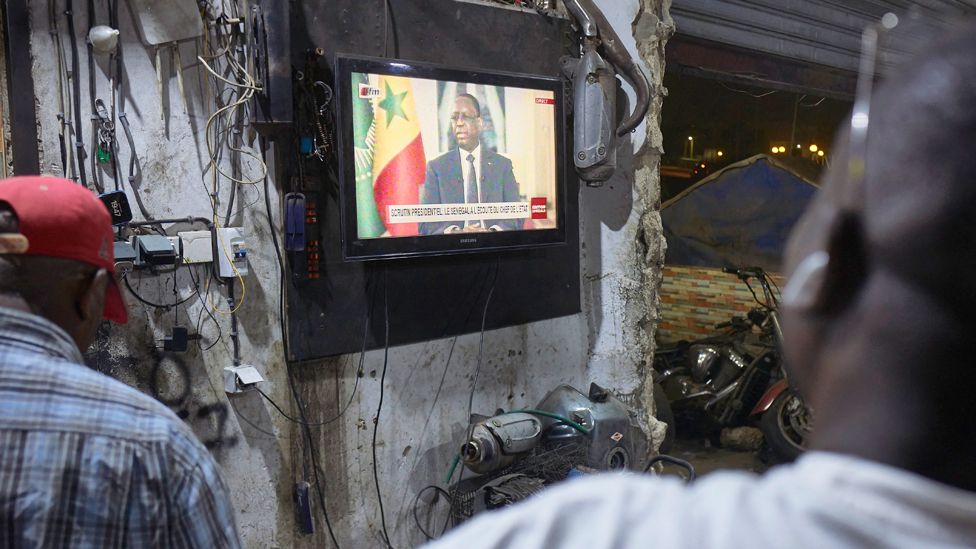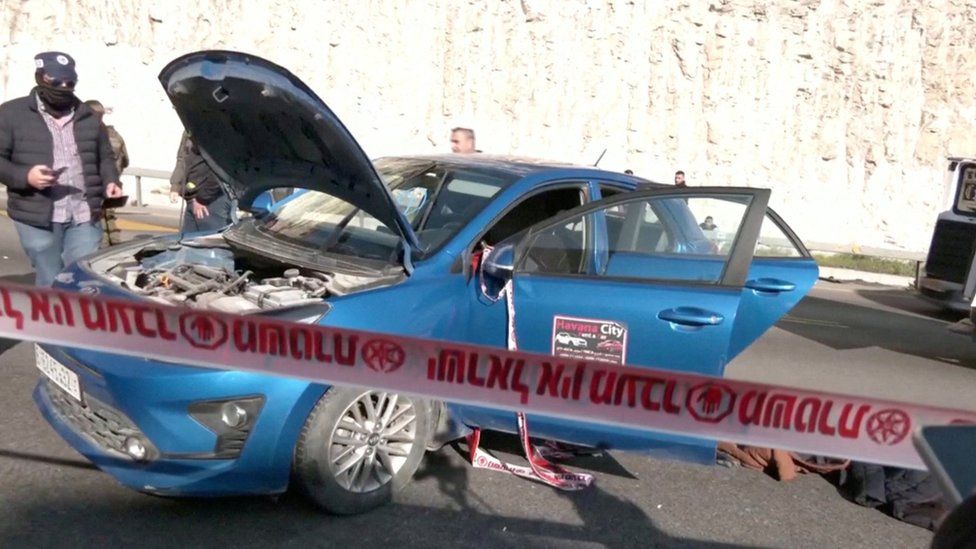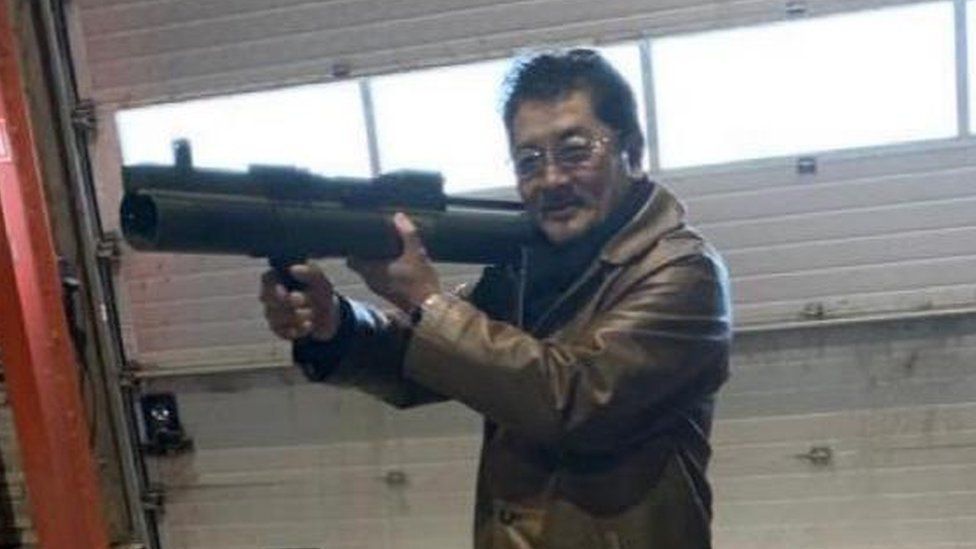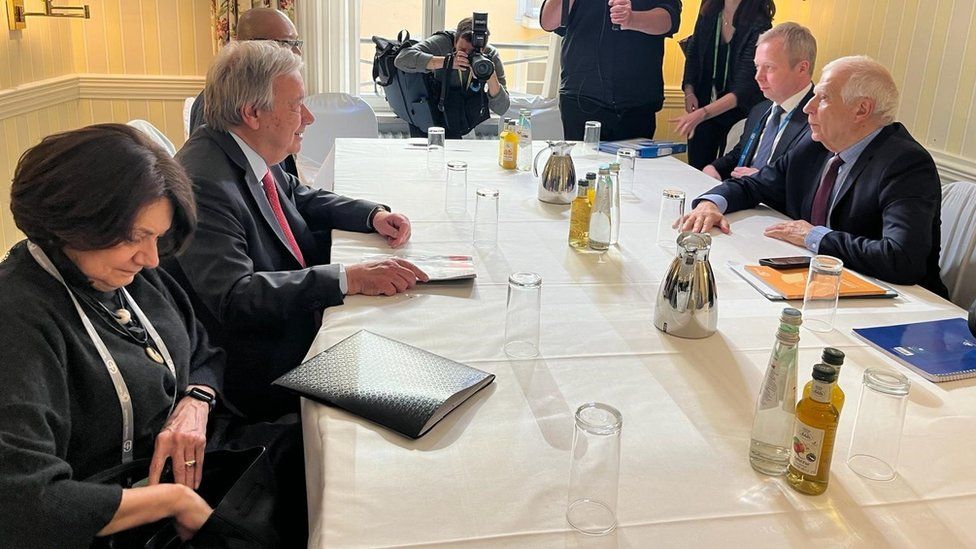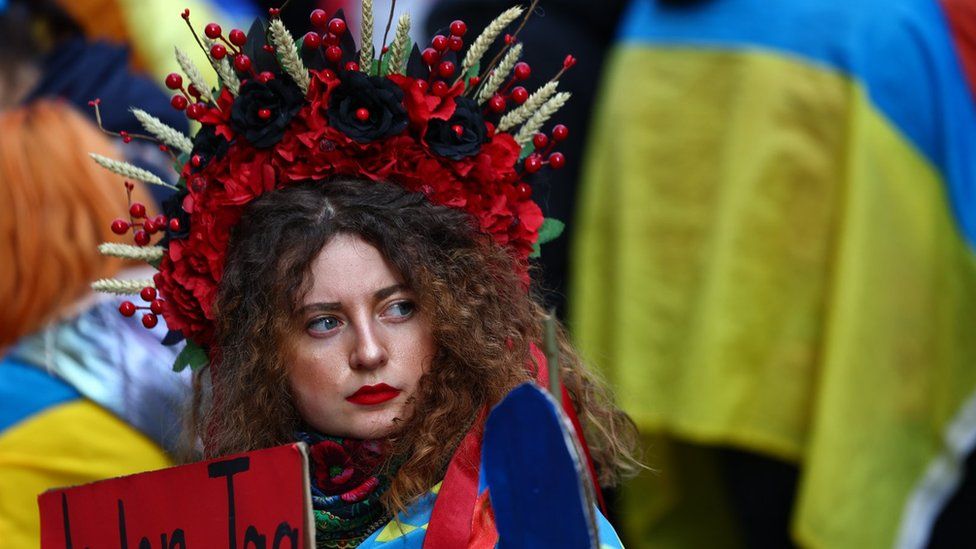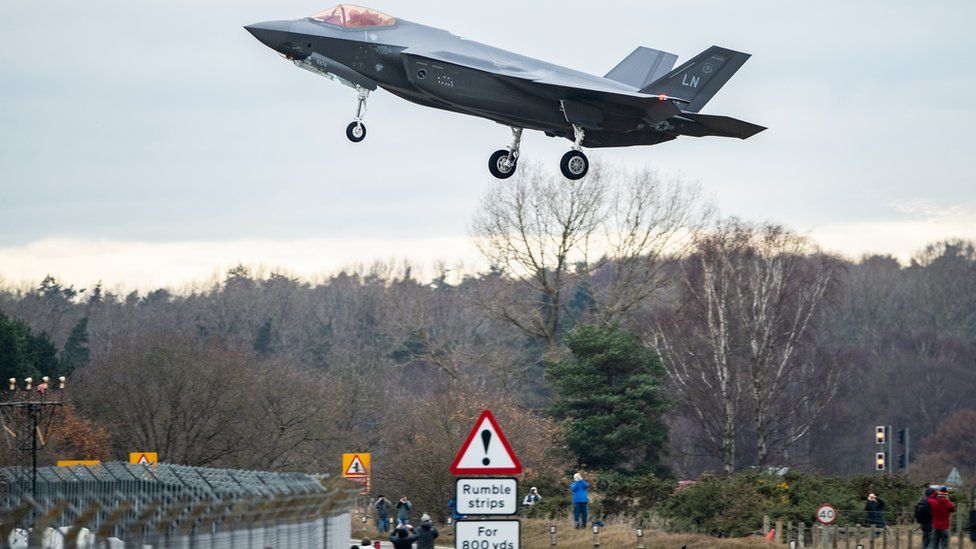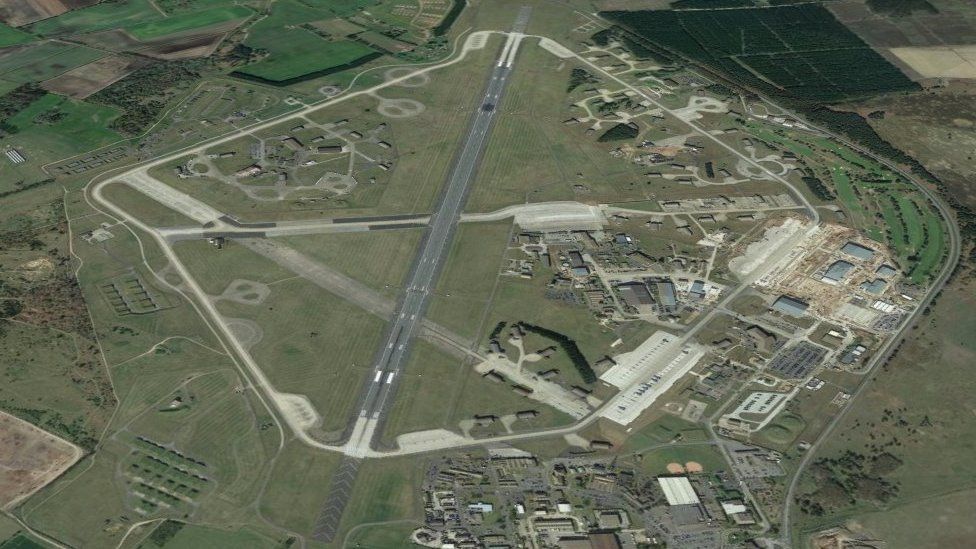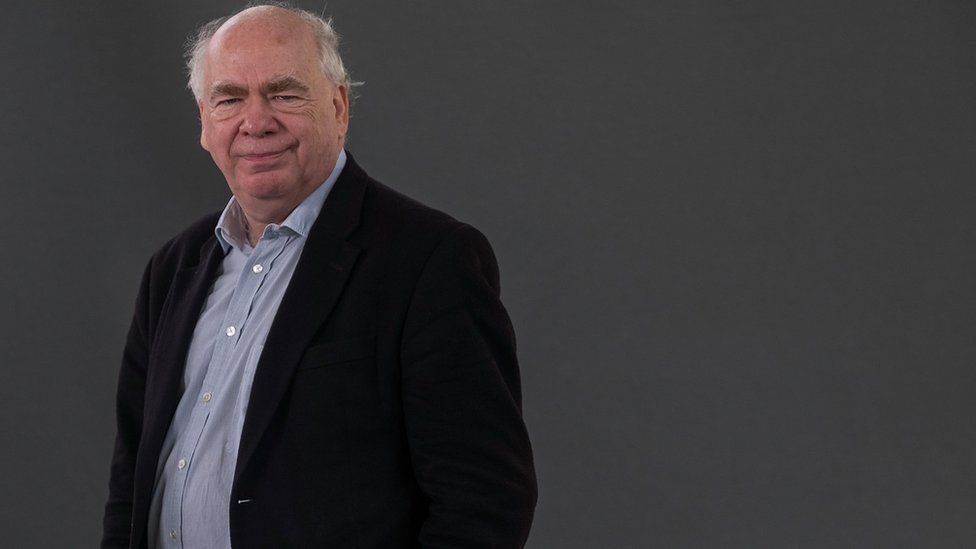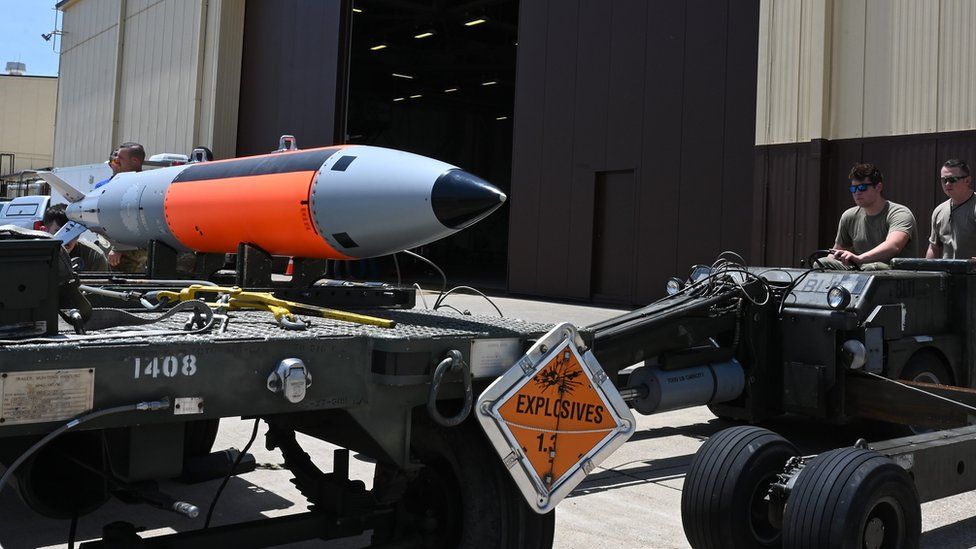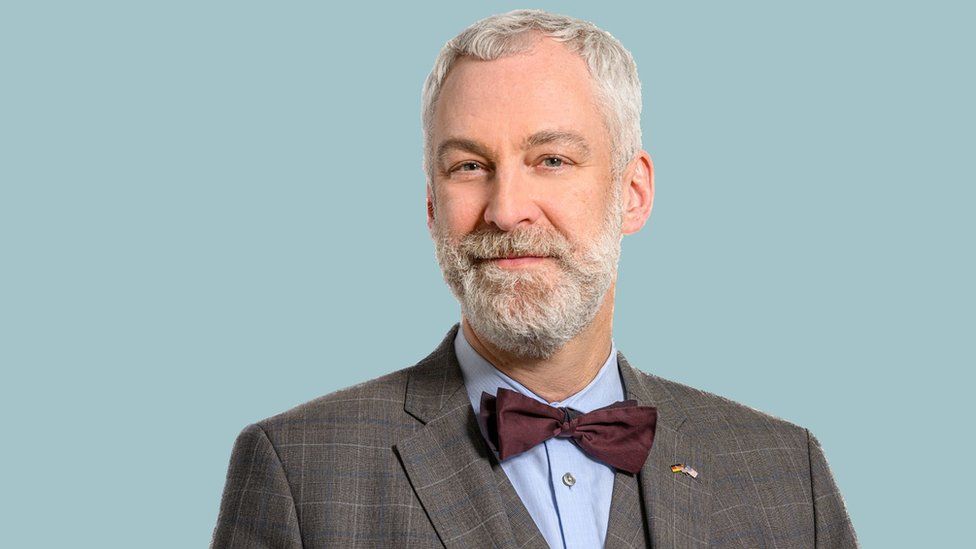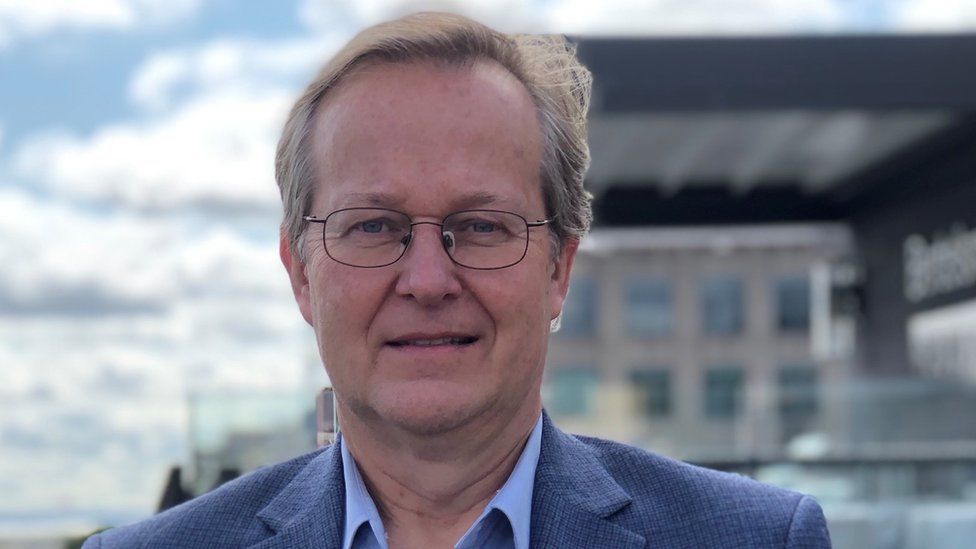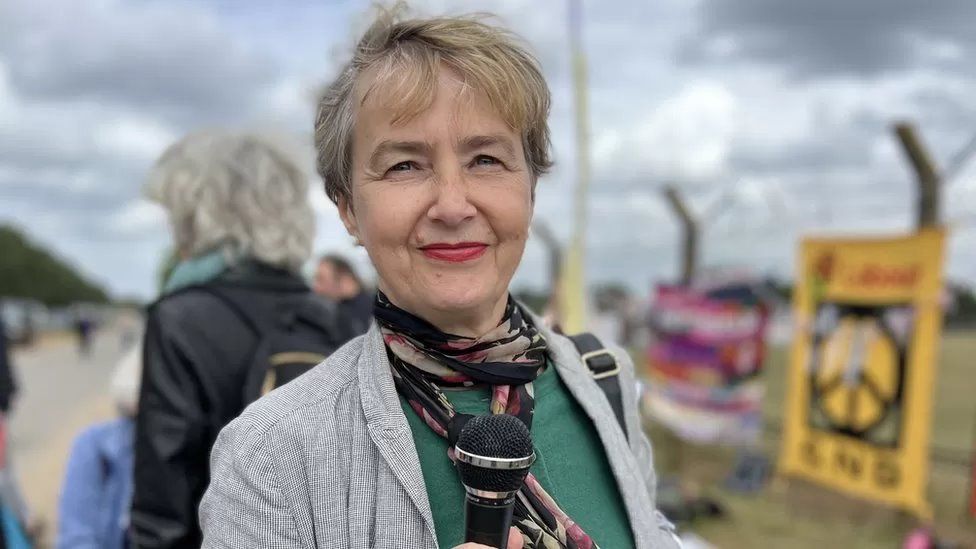
By Mark Savage
Music correspondent, BBC News
Boyd was a muse to both men in the 1960s and 70s, inspiring Harrison’s classic song Something and Clapton’s hits Wonderful Tonight and Layla.
Initially married to the Beatle, she was pursued by his close friend Clapton in a series of passionate love letters.
Now she is auctioning notes from both men, along with other possessions.
Boyd met the Beatles when she was cast in their 1964 film A Hard Day’s Night and instantly felt a connection with Harrison, their famously “quiet” guitarist.
“He was quite shy, like me. I think that’s why we got on,” she said in an interview published on the website of auction house Christie’s.
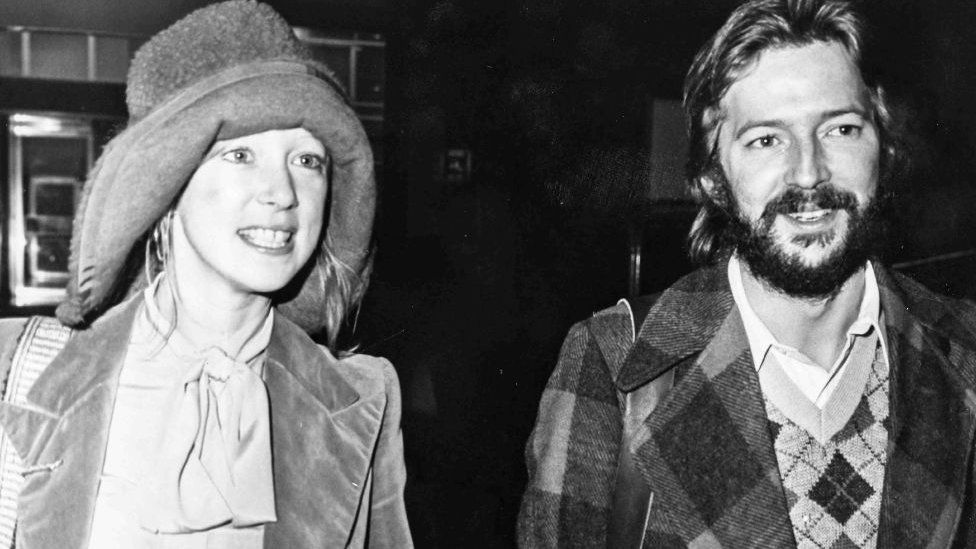
They dated for two years before marrying in January 1966, during which time the Beatles were often away on tour,
“George was so adorable when he was away,” she said. “He missed me, and I missed him terribly, and he would write amazing letters and wonderful postcards.”
One note in the auction sees Harrison write: “Hope you’re OK. I miss you. I’m starving – many grilled cheese sandwiches. Love you.”
Clapton was a frequent guest at the couple’s house in Surrey but, unbeknown to Harrison, harboured feelings for Boyd.
‘Is there is still a feeling in your heart for me?’
In 1970, he sent her a letter in impeccably neat, angular longhand. “I am writing this letter to you, with the main purpose of ascertaining your feelings towards a subject well known to both of us,” it began.
“What I wish to ask you is if you still love your husband?” he continued. “All these questions are very impertinent, I know, but if there is still a feeling in your heart for me… you must let me know!”
“Don’t telephone! Send a letter… That is much safer.”
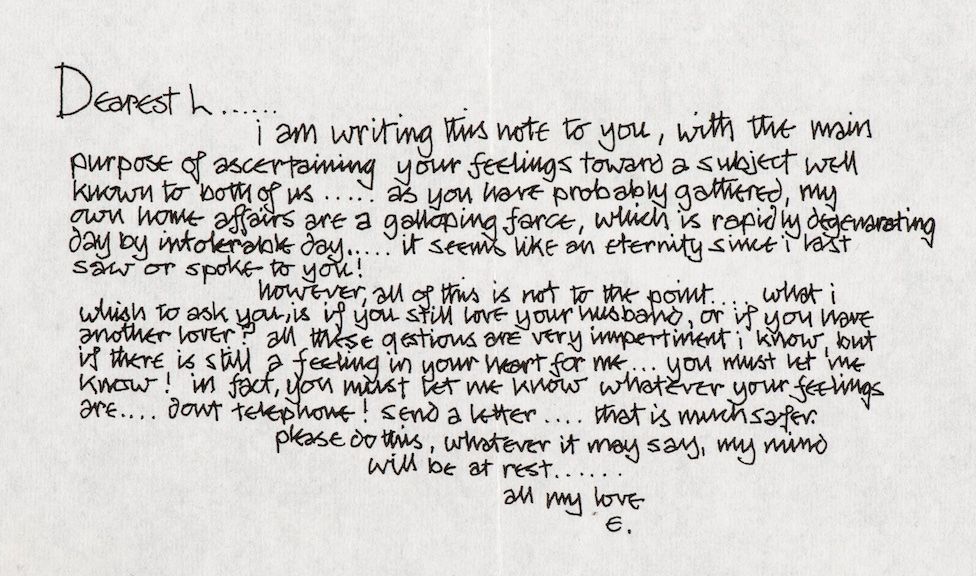
Boyd initially thought the letter was from a fan, only realising the truth when Clapton phoned her later that day.
A second letter was written several months later, on a page Clapton had torn from a copy of John Steinbeck’s novel Of Mice and Men.
‘Take me, I am yours’
“Dear Layla,” Clapton began, using his nickname for Boyd. “Why do you hesitate, am I a poor lover, am I ugly, am I too weak, too strong, do you know why?
“If you want me, take me, I am yours… if you don’t want me, please break the spell that binds me. To cage a wild animal is a sin, to tame him is divine. My love is yours.”
He later wrote the rock standard Layla for Boyd.
“It was so beautiful and so magical,” Boyd recalled. “I was so flattered, but I was also so worried that George would work out why Eric had written this song.”
Boyd originally rebuffed Clapton’s advances but, after her marriage faltered in the early 1970s, the musician invited Boyd to join him on tour.
Their romance flourished and they married in 1979 – with the blessing of Harrison, who took to calling Clapton his “husband-in-law”.
Ultimately, however, Clapton’s alcoholism and infidelity undermined the marriage, and they divorced in 1989.

Boyd, the daughter of a retired RAF bomber pilot, was a famous fashion model in the 1960s before turning her attention to photography.
She will sell her memorabilia including letters, paintings, photographs, jewellery and fashion next month.
Among the lots is a doodle by Harrison, in which he drew himself sitting beneath an apple tree, and a Christmas card he made for her in 1968.
“I’ve had them all for so many years – far too long,” Boyd, who turns 80 this year, told The Telegraph. “I thought, why don’t I just sell everything and let everybody else enjoy it?”
The sale will be led by the the painting La jeune fille au bouquet by Emile Théodore Frandsen de Schomberg – which served as the cover for the 1970 album Layla and Other Assorted Love Songs by Clapton’s band Derek and the Dominoes.
Clapton had originally bought the painting from the artist’s son because the model’s blonde hair and alluring almond eyes reminded him of Boyd. It is expected to sell for between £40,000 and £60,000.
Boyd told the Telegraph she sought Clapton’s permission before selling the possessions.
“He asked if I was selling the Layla painting, and I said yes,” she said. “He said, ‘Maybe there are other things you could sell as well.’ So he’s absolutely fine with me auctioning everything.”https://tehopeng.com/
